The Japanese lords of yesteryear certainly lived in grand style. Famous gardens in Japan are like very expensive works of art. Luckily the Ritsurin Garden in Takamatsu, Kagawa Prefecture, cannot be sold at Christie's.
To fully understand all the elements of this and other well-known Japanese gardens takes time and patience. These gardens were made to be viewed throughout the year, in spring, summer, autumn and winter. Aside from the seasonal viewing aspect, Ritsurin was designed to be viewed from particular vantage points within the garden. Chinese mythology also plays an important part in the design of this early Edo Period garden.
The pine tree is a symbol of longevity. The collection of pines in Ritsurin is magnificent -- some 1,400 specimens, according to the guidebook. There are red pines (akamatsu, Pinus densiflora) and black pines (kuromatsu, Pinus thunbergii) in a variety of shapes and sizes. Approximately 930 of these are carefully trimmed every year by just nine gardeners, giving each gardener over 100 trees to trim -- not a very easy task.



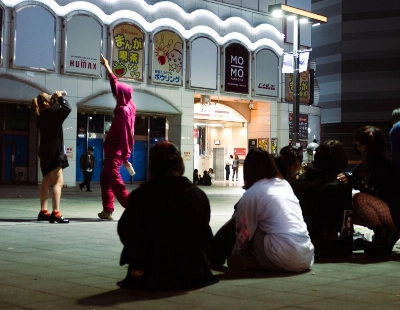
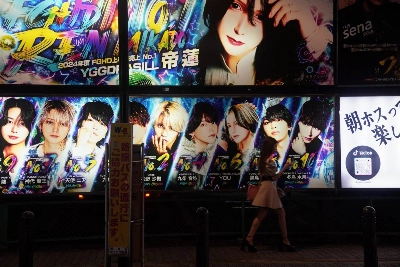
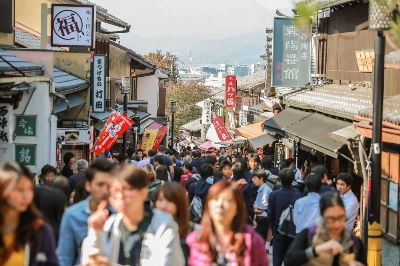
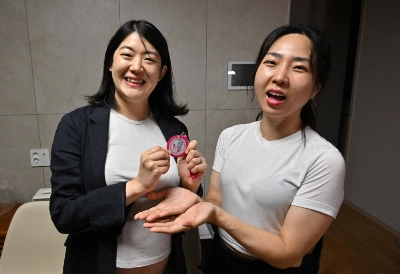
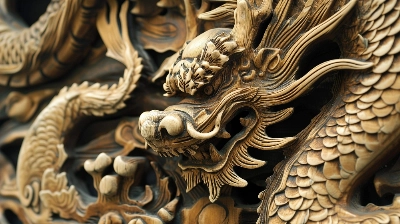










With your current subscription plan you can comment on stories. However, before writing your first comment, please create a display name in the Profile section of your subscriber account page.